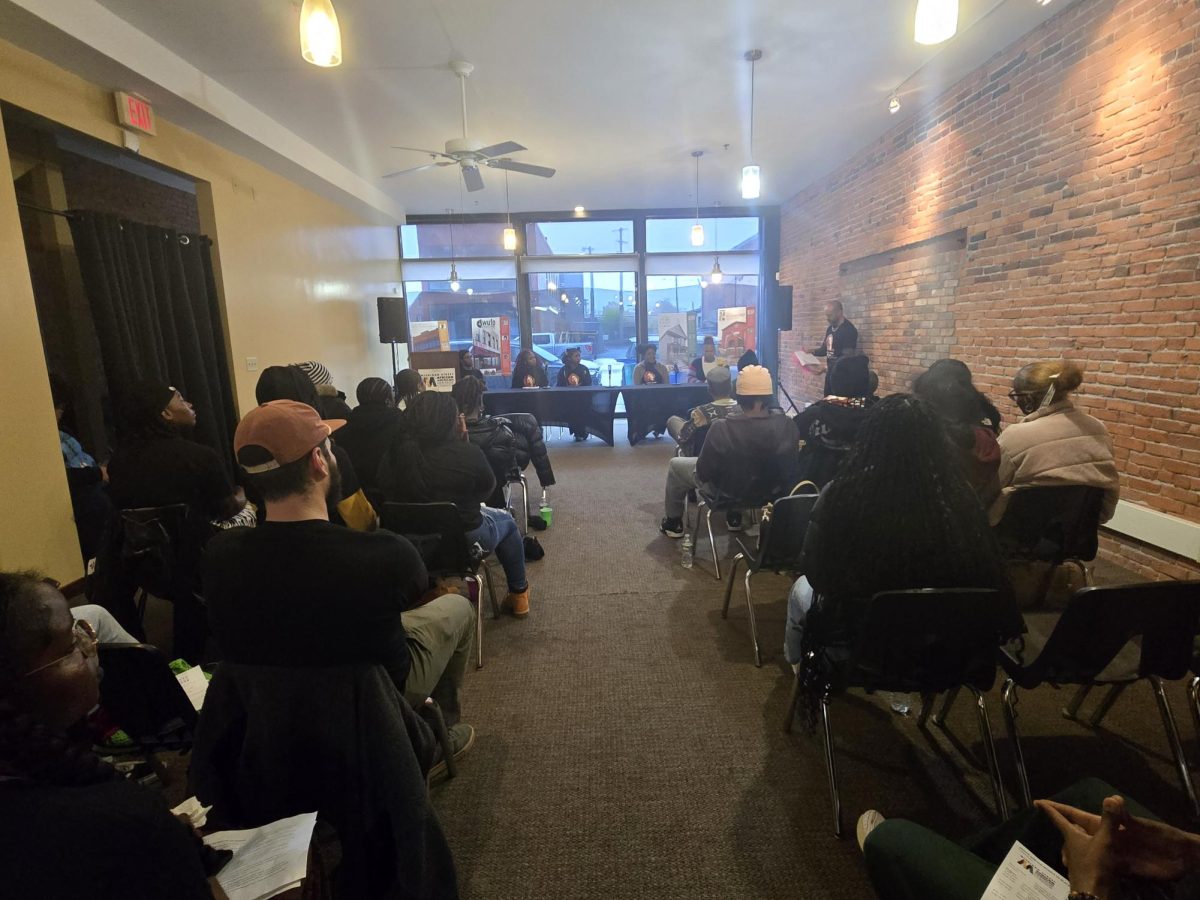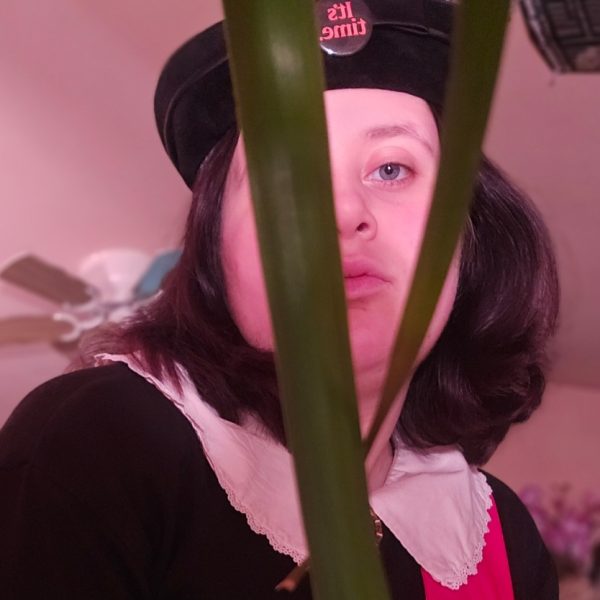A food soldier’s journey: “The Barber of Birmingham” preview
February 12, 2015
The Office of Equity and Campus Diversity will kick start their celebration of Black History month and its Dare to be Diverse program with a film depicting the life of civil war “foot solider,” James Armstrong. “The Barber of Birmingham: Foot Soldier of the Civil Rights Movement” will be shown Thursday Feb. 12 at the Burchfield Penney Art Center as a two-film showcase.
Directed by Gail Dolgin and Robin Fryday, the 2011 film looks into the past and present life of Armstrong, a barber residing in Birmingham, Alabama, historically one of the center places that much of the civil rights movement took place. As a foot soldier, Armstrong carried the American flag at the front lines while his fellow protestors marched for equal rights. The film will use the small barber, with newspaper cutouts and photos of historical African Americans on its walls along with its owner to bring the audience back to the civil rights and the struggle with memories and words.
Jason Parker, diversity program coordinator of the Office of Equity, teamed up with various members of the communications department to bring this film to SUNY Buffalo State students. Parker, who has been a part of the Dare to be Diverse since its first program, uses the headline “Black History Month: A Century of Black Life, History and Culture” to bring ties to what his office is trying to accomplish by showcasing this film.
“The Office of Equity and Campus Diversity’s whole purpose is to make everyone feel welcome and included in the different things that are happening on campus,” Parker said. “With that being said, we celebrate ethnic and cultural backgrounds of various groups of students and staff that you will find on campus.”
Beyond the cultural importance of the film, the content, which makes up the story, also plays an important role in Parker’s eyes.
“It’s pretty broad of what you can put in a film. Each of the films we show deal with not only civil rights in ‘Barber of Birmingham’s’ case, it also deals with school segregation. Even today school a segregated, not by law but geographic location, which sometimes may not be a better area. I thought it would be important to show the difference in being educated in two different settings especially when looking at the past and now.”
Michael Niman, professor of journalism and media studies, participated in the previous diversity dialogues on campus and was willing to share his views on certain topics surrounding the film.
“The Communication Department has an ongoing collaborative relationship with the Office of Equity and Diversity, working together to bring dynamic films highlighting aspects of cultural diversity to campus.”
“All of the Dare to be Diverse films highlight the lives, work or impact of brave people whose actions support some aspect of celebrating or supporting cultural diversity and fostering intercultural understanding,” Niman said. “These are stories about people who dare to be who they are, and support the rights of others to do so as well.”
The choice of film and the meaning try to call out today’s younger audience to provide them with an insight about history from someone who actually experienced it. However, some students are not very enthusiastic about the choice of film. Monifah Sergeant, a freshman majoring in economics, shared her views on the choice of film.
“There is nothing wrong with a film trying to show our generation the struggle to get us where we are, but I think that in order to connect with the students, they should have chosen a film or documentary that truly connects with us,” Sergeant said. “Something like ‘Jay Z’s Life + Time: Where I’m From.’ Not because he’s a music mogul, but because he is like the one man who truly represents the dreams of a huge population of the young African-American males in our current society.”



